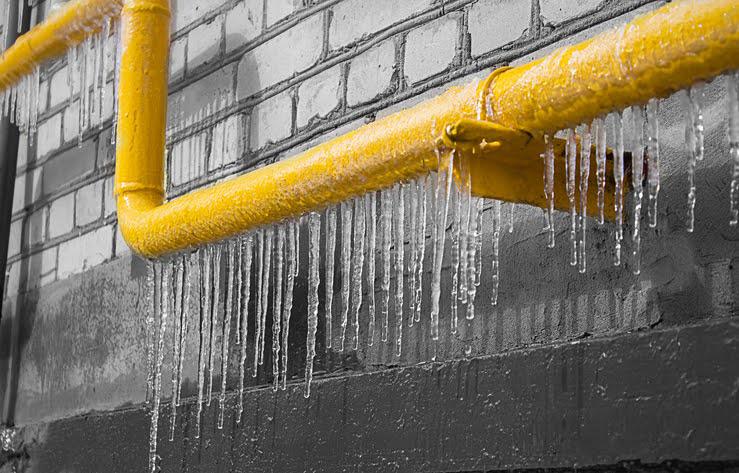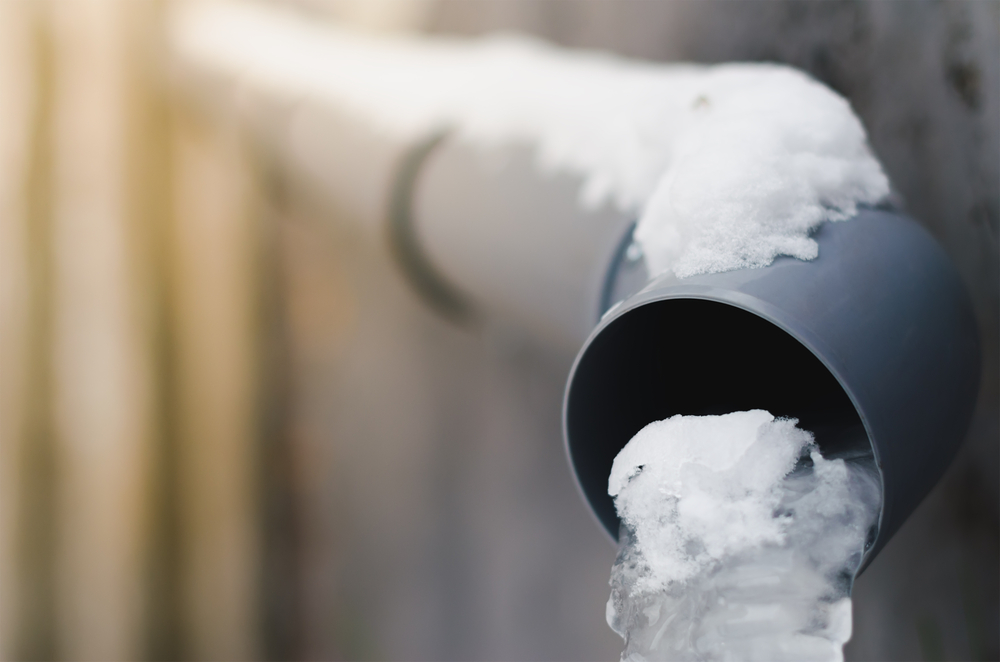Ways to Maintain Pipes from Cold Weather Damage: Essential Tips
Ways to Maintain Pipes from Cold Weather Damage: Essential Tips
Blog Article
Any individual has got their own individual concepts in relation to How to Prevent Your Pipes From Freezing.

Winter can ruin your plumbing, particularly by freezing pipes. Right here's how to prevent it from happening and what to do if it does.
Intro
As temperature levels decline, the danger of frozen pipelines boosts, potentially resulting in pricey repairs and water damages. Understanding how to stop icy pipelines is important for house owners in chilly climates.
Avoidance Tips
Insulating susceptible pipelines
Wrap pipes in insulation sleeves or use warm tape to secure them from freezing temperature levels. Concentrate on pipelines in unheated or external locations of the home.
Heating techniques
Keep interior areas appropriately warmed, specifically areas with plumbing. Open cupboard doors to permit cozy air to flow around pipes under sinks.
Just how to recognize icy pipes
Seek lowered water flow from taps, uncommon odors or noises from pipes, and noticeable frost on subjected pipelines.
Long-Term Solutions
Architectural modifications
Take into consideration rerouting pipes away from exterior wall surfaces or unheated locations. Include extra insulation to attics, basements, and crawl spaces.
Updating insulation
Purchase high-grade insulation for pipelines, attic rooms, and wall surfaces. Correct insulation helps maintain regular temperatures and reduces the risk of frozen pipelines.
Securing Outside Pipes
Garden pipes and exterior faucets
Disconnect and drain yard hose pipes prior to winter season. Mount frost-proof faucets or cover outside taps with insulated caps.
Comprehending Frozen Pipes
What causes pipes to ice up?
Pipes ice up when revealed to temperature levels below 32 ° F (0 ° C) for extended durations. As water inside the pipelines freezes, it expands, putting pressure on the pipeline wall surfaces and potentially creating them to burst.
Dangers and damages
Frozen pipes can bring about water disturbances, residential or commercial property damage, and pricey fixings. Ruptured pipes can flooding homes and create comprehensive architectural damage.
Signs of Frozen Pipes
Identifying frozen pipelines early can avoid them from rupturing.
What to Do If Your Pipes Freeze
Immediate activities to take
If you suspect frozen pipes, keep taps open to alleviate pressure as the ice melts. Utilize a hairdryer or towels taken in warm water to thaw pipes gradually.
Verdict
Stopping icy pipes calls for positive steps and quick actions. By recognizing the reasons, indicators, and preventive measures, property owners can protect their plumbing during cold weather.
5 Ways to Prevent Frozen Pipes
Drain Outdoor Faucets and Disconnect Hoses
First, close the shut-off valve that controls the flow of water in the pipe to your outdoor faucet. Then, head outside to disconnect and drain your hose and open the outdoor faucet to allow the water to completely drain out of the line. Turn off the faucet when done. Finally, head back to the shut-off valve and drain the remaining water inside the pipe into a bucket or container. Additionally, if you have a home irrigation system, you should consider hiring an expert to clear the system of water each year.
Insulate Pipes
One of the best and most cost-effective methods for preventing frozen water pipes is to wrap your pipes with insulation. This is especially important for areas in your home that aren’t exposed to heat, such as an attic. We suggest using foam sleeves, which can typically be found at your local hardware store.
Keep Heat Running at 65
Your pipes are located inside your walls, and the temperature there is much colder than the rest of the house. To prevent your pipes from freezing, The Insurance Information Institute suggests that you keep your home heated to at least 65 degrees, even when traveling. You may want to invest in smart devices that can keep an eye on the temperature in your home while you’re away.
Leave Water Dripping
Moving water — even a small trickle — can prevent ice from forming inside your pipes. When freezing temps are imminent, start a drip of water from all faucets that serve exposed pipes. Leaving a few faucets running will also help relieve pressure inside the pipes and help prevent a rupture if the water inside freezes.
Open Cupboard Doors
Warm your kitchen and bathroom pipes by opening cupboards and vanities. You should also leave your interior doors ajar to help warm air circulate evenly throughout your home.

We were made aware of that article about 6 Ways to Prevent Frozen Pipes through someone on another web address. Enjoyed our article? Please share it. Let others discover it. I praise you for your time. Kindly stop by our site back soon.
Source Report this page